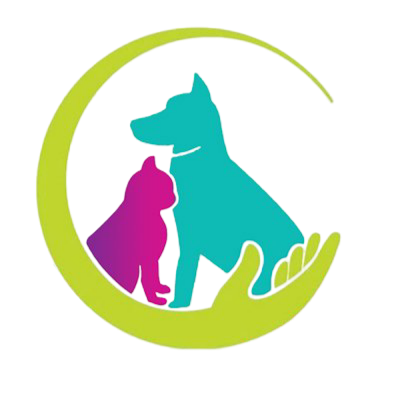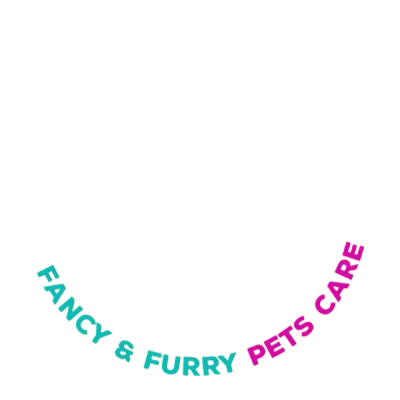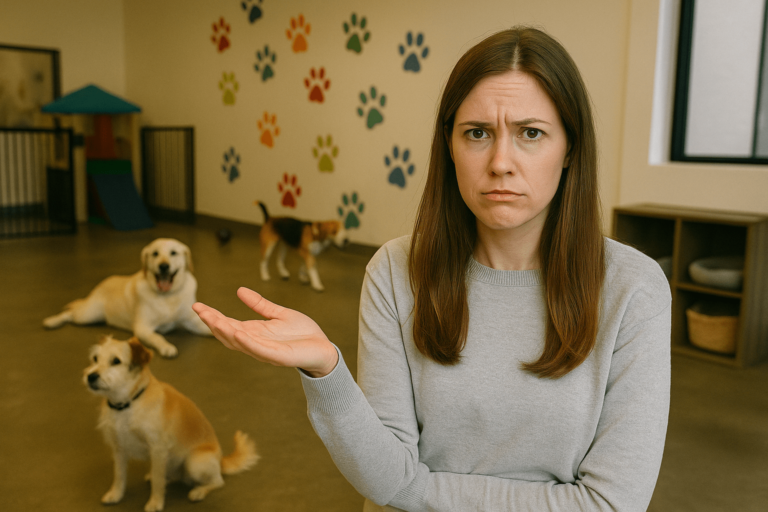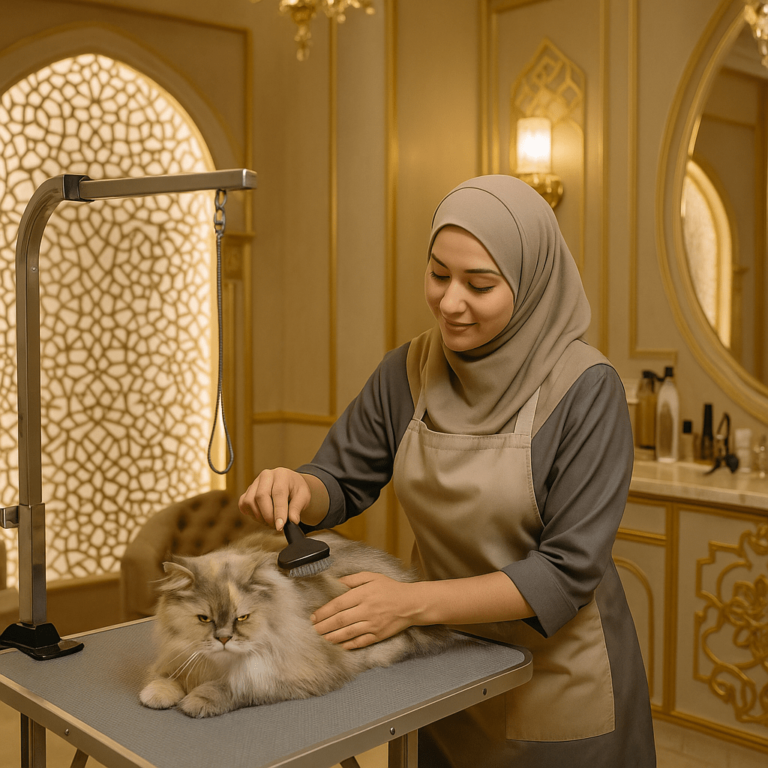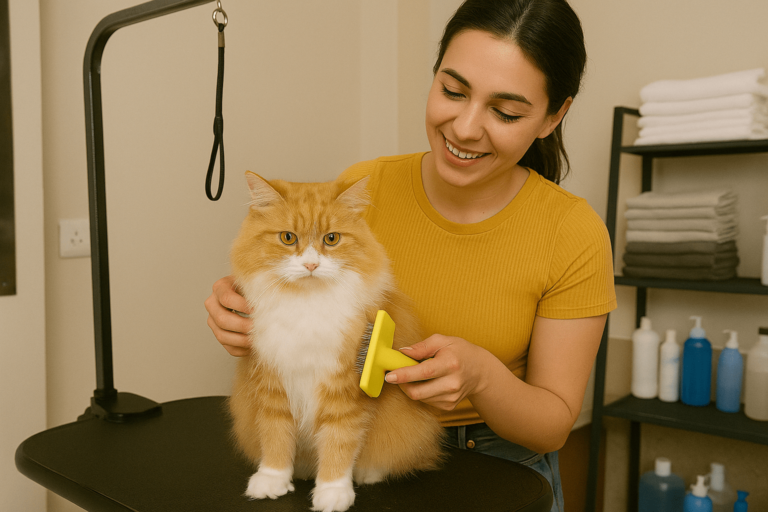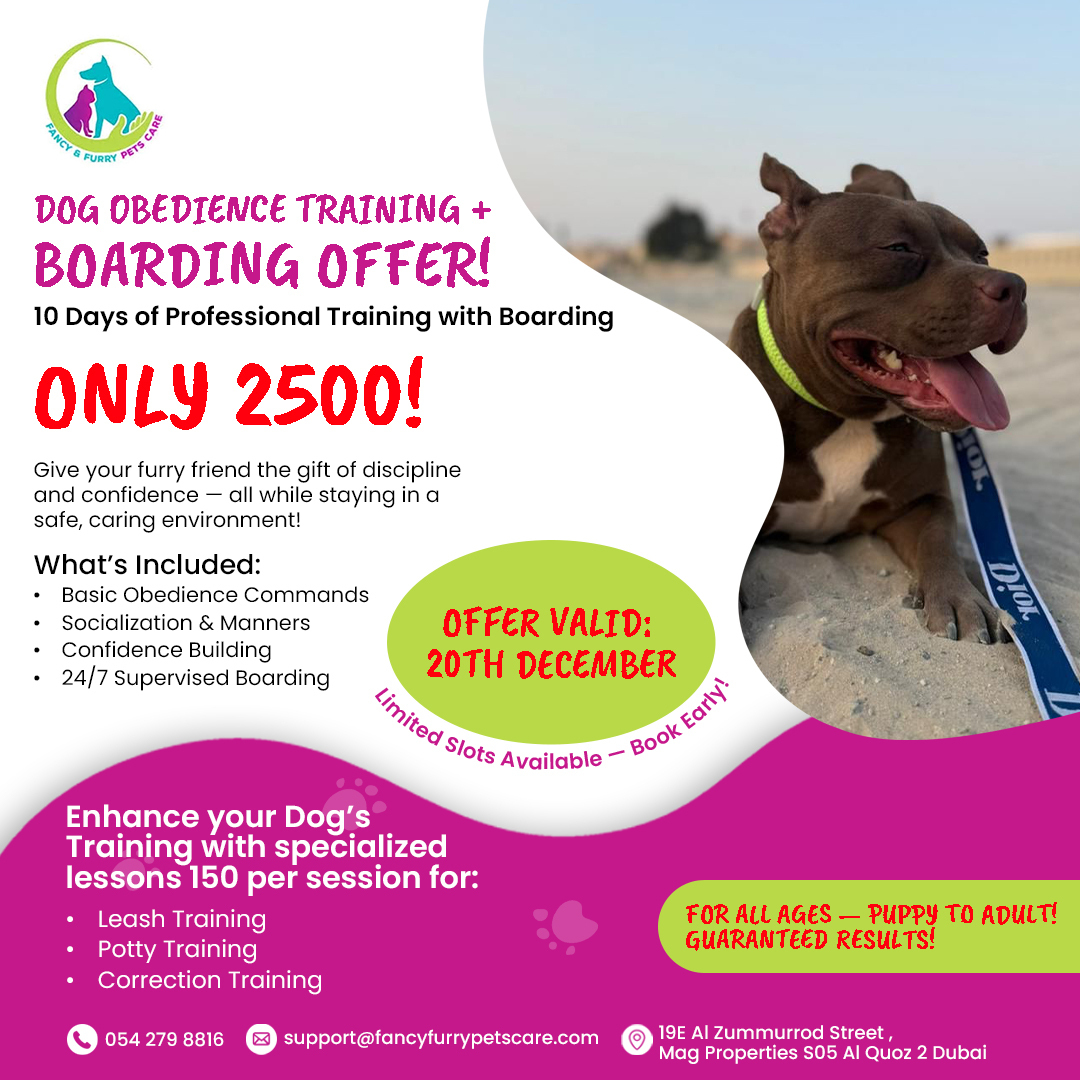
Grooming not only keeps your furry friend at their best but is also a significant aspect of their health and wellness. Regular grooming prevents skin issues, reduces shedding, and strengthens the bond between you and your dog. However, this process should be carried out with the right tools to make it both effective and enjoyable for the dog. This comprehensive guide will walk you through the necessary dog grooming tools, their importance, and how to use them effectively.
Why Dog Grooming Is Important?
Dog grooming is not just a chore; it is an essential part of caring for your pet. Regular grooming can:
Prevent health problems: Brushing, bathing, and nail trimming can prevent potential problems such as skin infections, fleas, or lumps.
Enhance comfort: Removes mats and tangles, leaving your dog’s coat smooth and comfortable.
Strengthen your bond: Grooming allows quality time with your dog, fostering trust and connection.
Reduce shedding: Proper grooming minimizes the amount of hair your dog sheds around your home.
Must-Have Dog Grooming Tools
1. Brushes and Combs
Every dog is different, and their coat requires a specific type of brush. Common brushes include:
Slicker Brush: Effective for removing mats and tangles, especially in long-haired breeds like Golden Retrievers or Afghan Hounds.
Bristle Brush: Ideal for short-haired dogs, such as Beagles or Boxers, to distribute natural oils and maintain coat shine.
Undercoat Rake: Essential for double-coated breeds like Huskies or German Shepherds, removing loose undercoat fur and reducing shedding.
Pin Brush: Suitable for medium to long-haired dogs, gently detangling and smoothing the coat.
Pro Tip: Always brush your dog’s fur in the direction of hair growth to avoid irritation. For best results, establish a weekly grooming routine.
2. Nail Clippers and Grinders
Keeping your dog’s nails trimmed ensures their comfort and prevents joint problems caused by overgrown nails.
Guillotine Clippers: Easy to use and effective for small to medium-sized dogs.
Scissor Clippers: Better for larger breeds or dogs with thicker nails.
Nail Grinders: Electric devices that smooth nails and reduce the risk of cutting the quick.
How to Use: Trim gradually and keep styptic powder handy in case of accidents. Use positive reinforcement with treats to keep your dog calm.
3. Shampoos and Conditioners
Bathing your dog with the right shampoo keeps their coat clean and skin healthy. Choose products based on your dog’s specific needs:
Hypoallergenic Shampoo: Suitable for dogs with sensitive skin.
Medicated Shampoo: Treats skin conditions like mange, fungal infections, or allergies.
Deodorizing Shampoo: Eliminates odors, leaving your dog smelling fresh.
Follow up with a conditioner to prevent tangles and add shine. Avoid human products as they can disrupt your dog’s natural pH balance.
4. Ear Cleaning Supplies
Dogs, especially those with floppy ears like Cocker Spaniels, are prone to ear infections. Regular cleaning prevents wax and debris buildup.
Ear Cleaning Solution: Use a vet-approved solution that is gentle and non-irritating.
Cotton Balls or Pads: To wipe away excess solution and dirt. Avoid cotton swabs, which can push debris further into the ear.
How to Clean: Apply the solution, massage the base of the ear, and gently wipe clean. Perform weekly or as advised by your vet.
5. Dental Care Tools
Oral health is crucial for your dog’s overall well-being. Neglecting dental care can lead to bad breath, gum disease, and even heart problems.
Dog-Safe Toothbrush: Choose a soft-bristled brush that fits comfortably in your dog’s mouth.
Dog-Friendly Toothpaste: Avoid human toothpaste; opt for pet-specific options in flavors like chicken or peanut butter.
Pro Tip: Gradually introduce dental care to your dog’s routine. Allow them to get used to the toothpaste’s taste before starting regular brushing.
6. Clippers and Trimmers
For dogs with fast-growing or thick coats, trimming keeps them neat and prevents overheating.
Electric Clippers: Invest in high-quality, quiet clippers to avoid startling your dog.
Scissors: Ideal for touch-ups on the face, paws, and tail.
Safety Tip: Use clipper guards to prevent cuts. Work in small sections and check for irritation or stress frequently.
7. De-shedding Tools
For heavy shedders, de-shedding tools like the Furminator help remove loose hair from the undercoat without damaging the topcoat. Regular use reduces shedding and keeps your dog comfortable.
8. Grooming Table
A grooming table provides a secure, stable platform for grooming. It is particularly useful for larger breeds or anxious dogs. Look for a table with a non-slip top and adjustable height for convenience.
9. Towels and Blow Dryers
Drying your dog after a bath prevents skin irritation and keeps them warm.
Microfiber Towels: Absorb water quickly and efficiently.
Dog-Safe Blow Dryer: Designed for lower temperatures and noise levels to reduce stress and prevent burns.
Successful Grooming Session Tips
Create a Calm Environment: Groom your dog in a quiet space, offering treats and soothing words.
Start Them Young: Introduce grooming tools and routines early to establish positive associations.
Be Consistent: Regular grooming sessions reduce stress and make the process quicker over time.
Know When to Seek Help: Consult a professional groomer or vet for severe mats, skin conditions, or behavioral challenges.
Conclusion
Grooming is a vital activity for keeping your dog healthy and happy. With the right tools and a consistent routine, you can ensure your furry friend looks and feels their best. From detangling with a slicker brush to bathing with a suitable shampoo, your effort will be rewarded with a happier, healthier pet.
